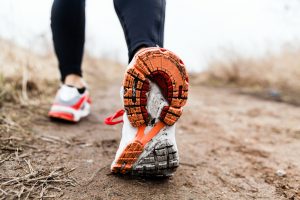
While most people don’t consider bone health to be a core reason to work out, the fact is our bones play a large role in our ability to live an active and independent lifestyle, and exercising them can be vastly beneficial when it comes to maintaining their strength.
Whats more, research has shown that by age 30 we stop creating more bones than we lose, and start to lose more bones than we create. While building bone mass before this critical age is imperative in preventing bone diseases like osteoporosis, exercises that are bone focused can also be effective in treating bone loss in older age.
According to the National Institute of Health, “Like muscle, bone is living tissue that responds to exercise by becoming stronger. The best exercise for your bones is the weight-bearing kind, which forces you to work against gravity.”
While low impact exercises are easier on our joints, it’s the high impact workouts that are optimal for building and maintaining bone density. This is because we often we need to stress muscles in order to strengthen them.
Though any form of exercise is good for your health, these 6 are the best when it comes to beefing up your bones:
Dancing
Perhaps the most fun form of exercise, dancing has shown excellent results when it comes to increasing one’s balance and coordination. It is also weight bearing, making it a prime candidate for a bone healthy workout.
Jumping Rope
Jumping rope is not just for the kids! In fact, it’s a total body workout that is rich in cardio. Whether you start with slow or rapid jumps, jumping rope is load bearing on your bones and as a result, increases their density.
Hiking
The changes in elevation take walking to a whole new level. Going both uphill and downhill has a weight impact on your bones that will make them stronger.
Stair Climbing
The lowest impact option, stair climbing machines are a great resource for those with osteoporosis or other health related problems. These machines work to build bone mass but in a way that is easier on your joints.
Tennis
While many exercises strengthen the bones in your legs, tennis is a great way to spread the love to the bones in your arms. For example, studies have shown that those who play tennis have a greater bone mass in their swinging arm than those who don’t.
Weight Training
Resistance training with free weights or weight machines are both simple ways to stress your bones and strengthen them.
While exercising regularly results in a greater bone density and strength, it’s important to remember that a well balanced and healthy diet are also an important part of maintaining one’s bone health. If you are new to working out, start small and slowly build yourself up to reduce your risk for injury.
To consult with an orthopaedic specialist about your bone health and the treatment options available to you, reach out to Dr. Stacie Grossfeld today. Dr. Stacie Grossfeld is a trained orthopedic surgeon who is double board-certified in orthopedic surgery and sports medicine. You can contact her by using the contact form on her website or by calling 502-212-2663 today!
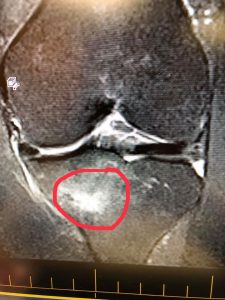
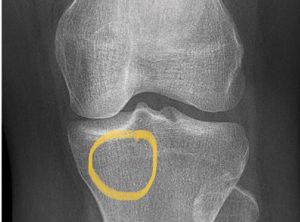

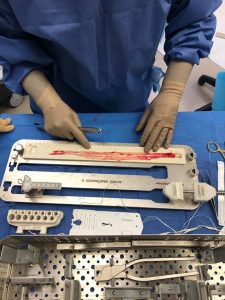
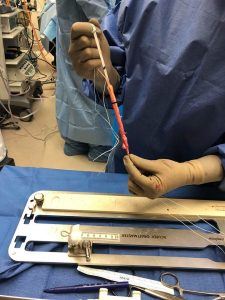
 Osteoarthritis is the breakdown of the cartilage that covers the ends of each long bone. Think of each long bone in your body as having a hat over each end. The hat is the cartilage. As the hat material wears out, the end of the bone becomes exposed. Osteoarthritis is the process where the cartilage is wearing down, similar to the
Osteoarthritis is the breakdown of the cartilage that covers the ends of each long bone. Think of each long bone in your body as having a hat over each end. The hat is the cartilage. As the hat material wears out, the end of the bone becomes exposed. Osteoarthritis is the process where the cartilage is wearing down, similar to the 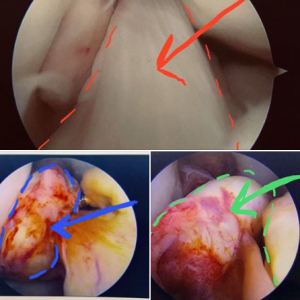


 Anyone who considers themselves an athlete is aware of the importance of stretching. There are numerous benefits to stretching and you should stretch before and after a workout to prevent injuries. Whether you are a runner, someone who loves lifting weights, or on a competitive sports league, you must stretch your muscles. While injury prevention is a top reason to stretch, stretching also helps to increase flexibility, improve posture, reduce aches, and much more.
Anyone who considers themselves an athlete is aware of the importance of stretching. There are numerous benefits to stretching and you should stretch before and after a workout to prevent injuries. Whether you are a runner, someone who loves lifting weights, or on a competitive sports league, you must stretch your muscles. While injury prevention is a top reason to stretch, stretching also helps to increase flexibility, improve posture, reduce aches, and much more. 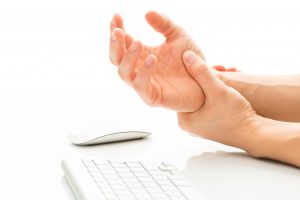

Recent Comments